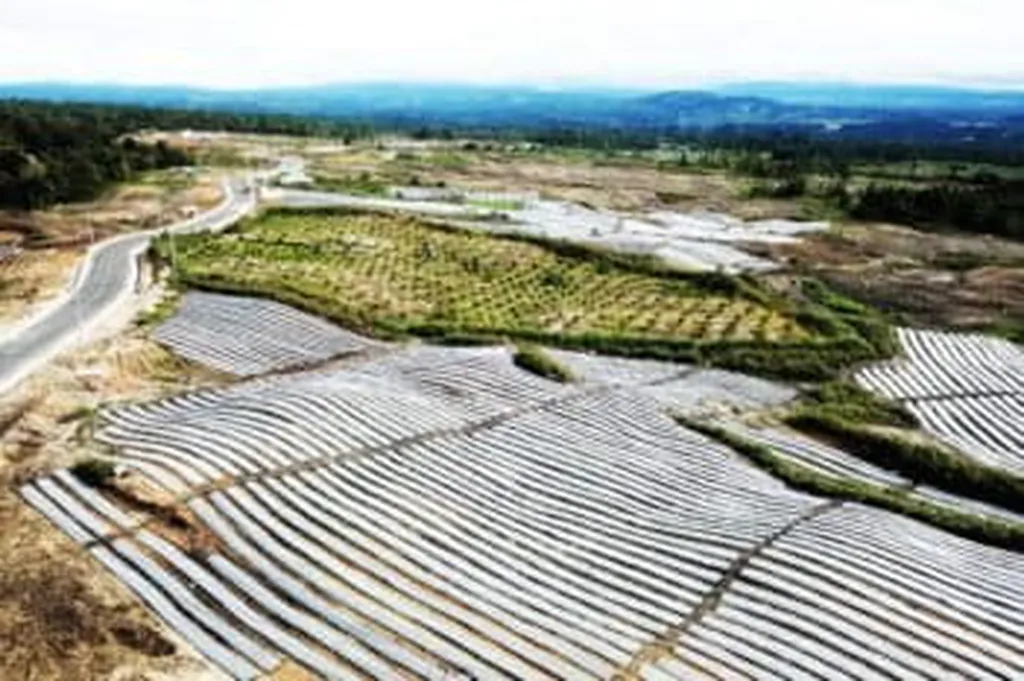In the heart of Southeast Asia, Indonesia faces a formidable challenge: feeding a rapidly growing population while contending with limited arable land and the escalating impacts of climate change. As the nation’s population is projected to reach 305.7 million by 2035, the demand for food is set to surge, threatening food security and sustainability. Amidst these challenges, a beacon of hope emerges from an unlikely source: electricity.
A recent systematic literature review, published in the *BIO Web of Conferences*, explores the potential of electrifying agriculture as a sustainable approach to enhancing national food security in Indonesia. Led by Firdaus Henri from the School of Management and Technology at the Sepuluh Nopember Institute of Technology, the research synthesizes findings from various academic sources to evaluate the current state of electricity in Indonesian agriculture, the challenges to its adoption, and its potential advantages for productivity, sustainability, and food security.
The electrification of agriculture, spearheaded by Indonesia’s state-owned electricity company, is not just about powering farms; it’s about transforming the agricultural landscape. By integrating electricity into farming practices, Indonesia can enhance productivity, reduce post-harvest losses, and promote sustainable farming techniques. This shift could revolutionize the sector, making it more resilient to climate change and capable of meeting the growing food demands.
“The electrification of agriculture is a game-changer,” Henri asserts. “It’s not just about increasing production; it’s about creating a sustainable food system that can adapt to the challenges of climate change and population growth.”
The commercial impacts of this shift are profound. Electrification can lead to increased yields, reduced waste, and improved product quality, all of which can boost farmers’ incomes and the overall agricultural economy. Moreover, it can open up new opportunities for agribusinesses, from the development of electric farming equipment to the creation of value-added products.
However, the path to electrifying agriculture is not without its challenges. Infrastructure limitations, high costs, and a lack of awareness and technical knowledge among farmers are significant hurdles. Yet, as Henri points out, “These challenges are not insurmountable. With the right policies, investments, and education, we can overcome them and harness the full potential of electrification.”
The research provides valuable policy guidance for the Indonesian government, emphasizing the need to integrate electrifying agriculture into the national strategy for sustainable food systems. By doing so, Indonesia can secure its food supply, boost its agricultural economy, and set a global example for sustainable farming practices.
As we look to the future, the electrification of agriculture could shape the trajectory of the sector, driving innovation and sustainability. It could pave the way for smart farms, powered by renewable energy, where data-driven decisions maximize productivity and minimize environmental impact. It could transform rural communities, creating jobs and improving livelihoods.
In the words of Henri, “The future of agriculture is electric. And for Indonesia, it’s not just about keeping the lights on; it’s about lighting the way to a sustainable and secure food future.”

